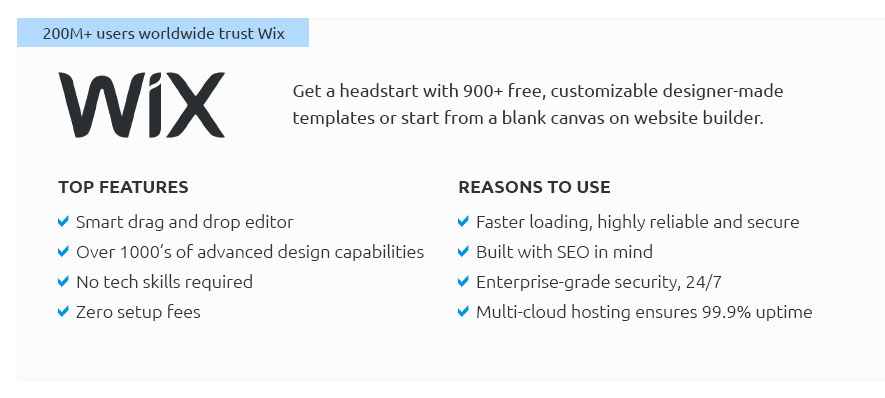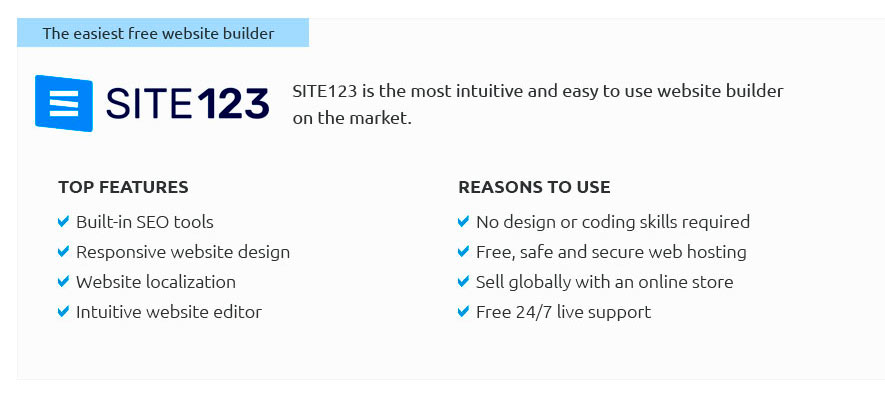 |
 |
 |
 |
|
 |
 |
 |
|
 |
|
 |
 |
|
 |
|
 |
|
 |
 |
How to Create a Secure HTTPS Website: A Comprehensive GuideIn today's digital age, ensuring that your website is secure is more important than ever. Creating an HTTPS website is crucial for protecting your users' data and boosting your search engine rankings. This guide will walk you through the necessary steps and common mistakes to avoid. Understanding HTTPSHTTPS stands for Hypertext Transfer Protocol Secure. It is the secure version of HTTP, the protocol over which data is sent between your browser and the website you are connected to. The 'S' at the end of HTTPS stands for 'Secure', meaning all communications between your browser and the website are encrypted. Steps to Create an HTTPS Website1. Acquire an SSL CertificateAn SSL certificate is a digital certificate that authenticates a website's identity and enables an encrypted connection. You can purchase an SSL certificate from a Certificate Authority (CA) or use a free one like Let's Encrypt. 2. Install the SSL CertificateOnce you have your SSL certificate, you'll need to install it on your web server. The process varies depending on your server, so be sure to follow the specific instructions provided by your hosting provider. 3. Update Your Website LinksAfter installing the SSL certificate, update all your website's internal links to use HTTPS instead of HTTP. This ensures that all parts of your site are secure. 4. Test Your HTTPS SetupIt's essential to test your HTTPS setup to ensure everything is functioning correctly. Use online tools to check for mixed content issues, where some parts of your site might still be served over HTTP. Common Mistakes to Avoid
For those just starting out, it's important to choose the right tools. Consider using the cheapest best website builder to simplify the process of building your secure site. Additional Resources
FAQ
https://stackoverflow.com/questions/2205325/how-to-make-a-website-secured-with-https
To add https to your website in IIS, all you have to do is go to the site and "Edit Bindings", choose https, and choose the certificate. https://www.reddit.com/r/webdev/comments/437bnn/enabling_https_on_your_website_for_individuals/
Generate a CSR on your server (Certificate Signing Request) - Purchase and authenticate an SSL/TLS certificate (Secure Socket Layer/Transport ... https://www.freecodecamp.org/news/free-https-c051ca570324/
Why Cloudflare? ... CloudFlare can help you secure an SSL certificate for free regardless of what server side infrastructure you have. It also ...
|